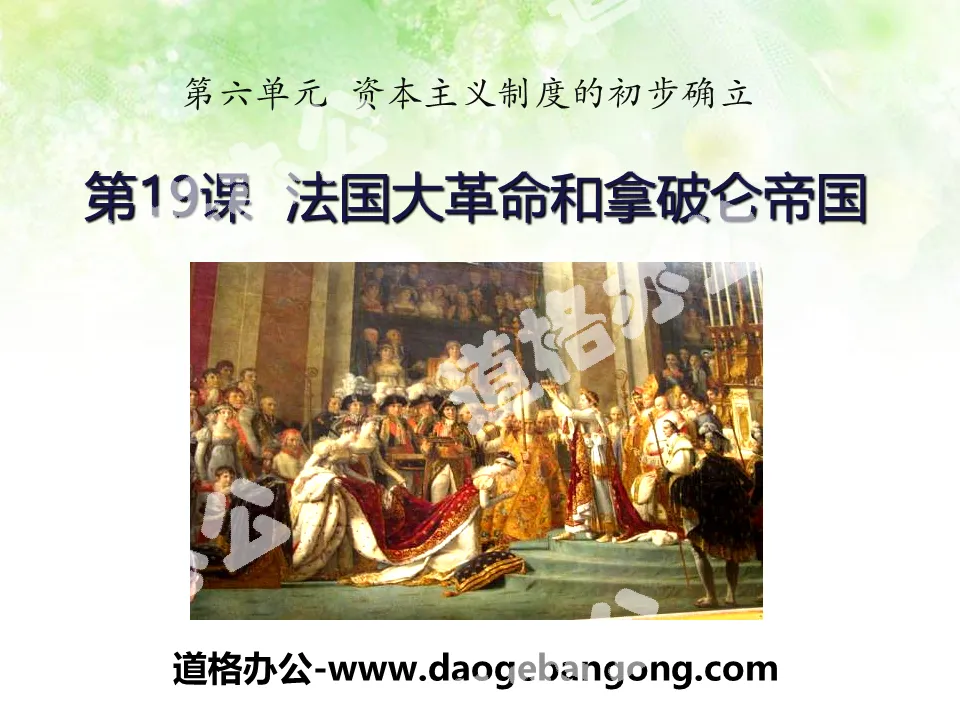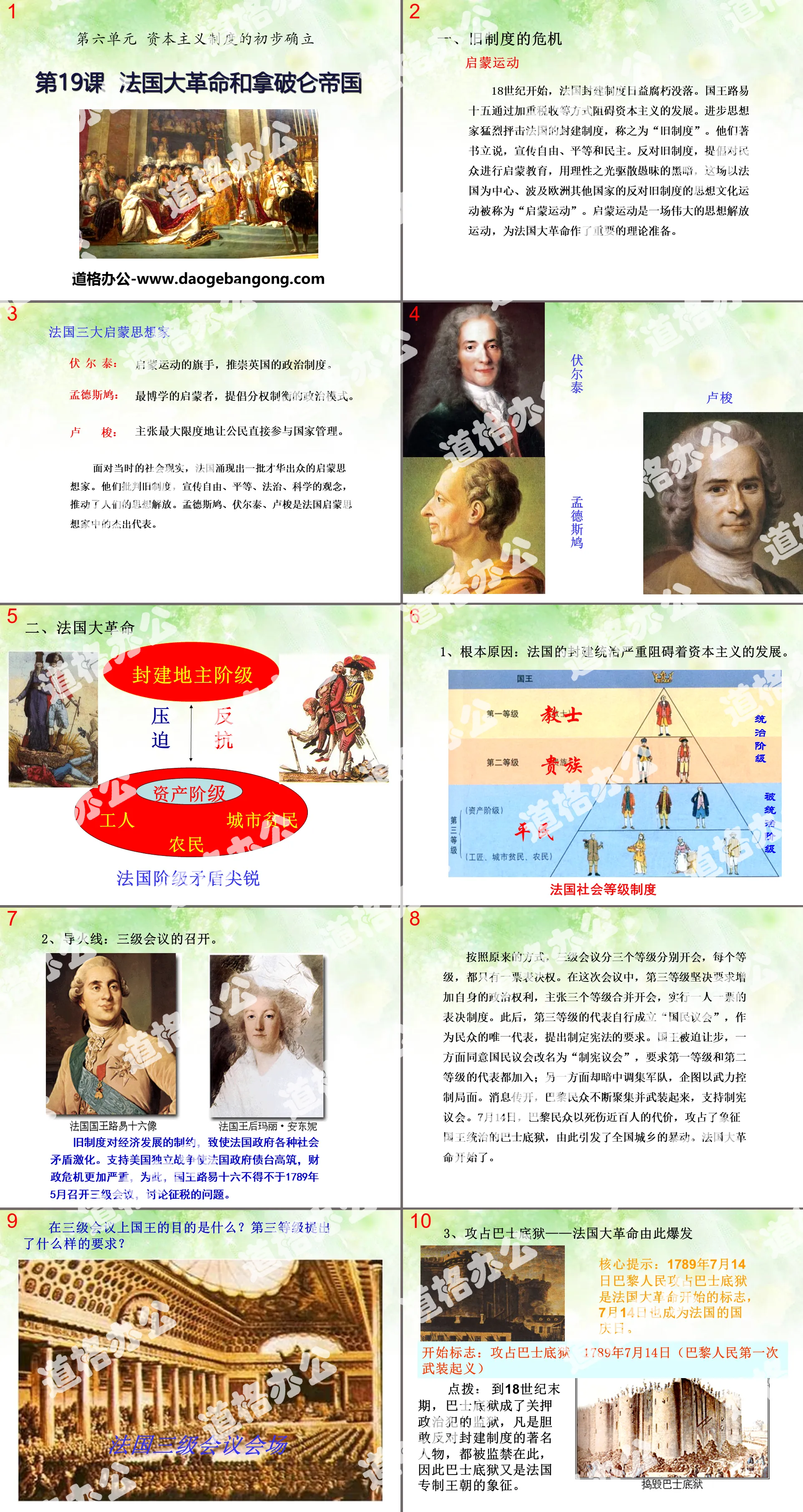The second volume of history for eighth grade compiled by the People's Education Publishing House
Zhonghua Book Company Edition Eighth Grade History Volume 2
People's Education Press Seventh Grade History Volume 1
People's Education Edition Eighth Grade History Volume 1
Zhonghua Book Company Edition Seventh Grade History Volume 2
Volume 1 of the seventh grade history compiled by the People's Education Publishing House
Yuelu Edition Seventh Grade History Volume 2
People's Education Edition History and Society 9th Grade Part II
People's Education Press Seventh Grade History Volume 2
People's Education Edition Eighth Grade History Volume 2
People's Education Press History and Society Grade 7
East China Normal University Edition Seventh Grade History Volume 1
People's Education Press Ninth Grade History Volume 2
People's Education Press History and Society Grade 9
People's Education Press History and Society for Grade 8 Volume 1
Yuelu Edition Seventh Grade History Volume 1

| Category | Format | Size |
|---|---|---|
| People's Education Press Ninth Grade History Volume 1 | pptx | 6 MB |
Description
"The French Revolution and the Napoleonic Empire" PPT download
Part One: The Crisis of the Old System
Enlightenment
Beginning in the 18th century, the French feudal system became increasingly decadent and declining. King Louis XV hindered the development of capitalism by increasing taxes and other methods. Progressive thinkers lashed out at France's feudal system, calling it the "ancien régime." They wrote books and preached about freedom, equality and democracy. Oppose the old system, advocate enlightenment education for the people, and use the light of reason to dispel the darkness of ignorance. This ideological and cultural movement against the old system, centered in France and spreading to other European countries, is called the "Enlightenment". The Enlightenment was a great ideological emancipation movement that made important theoretical preparations for the French Revolution.
Three major French Enlightenment thinkers
Voltaire: The standard-bearer of the Enlightenment, he admired the British political system.
Montesquieu: The most knowledgeable of the Enlightenment, he advocated a political model of decentralization and checks and balances.
Rousseau: advocated maximizing the direct participation of citizens in state management.
Facing the social reality at that time, a group of talented Enlightenment thinkers emerged in France. They criticized the old system, promoted the concepts of freedom, equality, rule of law, and science, and promoted people's ideological emancipation. Montesquieu, Voltaire, and Rousseau are outstanding representatives of French Enlightenment thinkers.
French Revolution and Napoleonic Empire PPT, Part 2: French Revolution
1. Fundamental reason: France’s feudal rule seriously hindered the development of capitalism.
2. The trigger: the convening of the three-level meeting.
The constraints of the old system on economic development caused the French government to intensify various social contradictions. Supporting the American War of Independence made the French government heavily in debt and its financial crisis became more serious. For this reason, King Louis XVI had to convene a meeting of the Estates-General in May 1789 to discuss the issue of taxation.
According to the original method, the three-level meeting was held at three levels, and each level had only one vote. At this meeting, the Third Estate insisted on increasing its political rights, advocating that the three estates merge into meetings and implement a one-person-one-vote voting system. After that, the representatives of the third estate established the "National Assembly" on their own, as the only representative of the people, to put forward the request for the formulation of a constitution. The king was forced to make concessions. On the one hand, he agreed to change the name of the National Assembly to the "Constitutional Assembly" and required representatives of the first and second estates to join; on the other hand, he secretly mobilized the army in an attempt to control the situation by force. As the news spread, the people of Paris continued to gather and arm themselves in support of the Constituent Assembly. On July 14, the people of Paris captured the Bastille, a symbol of the king's rule, at the cost of nearly a hundred casualties, triggering riots in urban and rural areas across the country. The French Revolution began.
3. The storming of the Bastille—where the French Revolution began
Core Tip: The storming of the Bastille by the people of Paris on July 14, 1789 marked the beginning of the French Revolution. July 14 has also become France’s National Day.
Beginning sign: The storming of the Bastille on July 14, 1789 (the first armed uprising of the people of Paris)
Tip: By the end of the 18th century, the Bastille became a prison for political prisoners. All famous figures who dared to oppose the feudal system were imprisoned here. Therefore, the Bastille became a symbol of the French autocratic dynasty.
Declaration of Human Rights
1. The Declaration of the Rights of Man and Women was promulgated in 1789
2. "Declaration of Human Rights": It declares the basic principles of human rights, rule of law, freedom, separation of powers, equality and protection of private property.
In 1791, the Constituent Assembly formulated a constitution, abolished the old system, and established the basic framework of the new system.
French Revolution and Napoleonic Empire PPT, Part 3: Napoleonic Empire
1. Establishment of political power: In November 1799, Napoleon launched a coup and established a military dictatorship.
Napoleon's measures to consolidate power:
Attach great importance to improving finance and developing the economy, and vigorously develop industry, commerce and agriculture;
Presided over the formulation of the Napoleonic Code, which embodies the principles of freedom, equality and the sanctity of private property;
Once again, the anti-French alliance was defeated, safeguarding the achievements of the revolution and expanding its influence.
2. Establishment of the Empire: In 1804, France was renamed the Empire, historically known as the "First French Empire", and Napoleon was crowned emperor.
Although Napoleon became emperor, in the eyes of European monarchs, he was still the successor of the revolution. The anti-French alliance competed with France again and again and was defeated by Napoleon again and again. Napoleon's army was invincible and almost swept across the European continent. While abolishing feudal privileges in various places, it also squeezed and plundered the local people. In 1812, Napoleon went on an expedition to Russia and returned with a great defeat. In 1815, the First French Empire fell.
What is the historical significance of the French Revolution?
① It opened the way for the development of capitalism, and the idea of democracy and republic gradually became deeply rooted in the hearts of the people;
②A heavy blow to European feudal forces;
③ effectively promoted the bourgeois revolution in Europe and the national liberation movement in Latin America.
French Revolution and Napoleonic Empire PPT, Part 4: After-class exercises
1. The sign of the beginning of the French bourgeois revolution is ( ):
A. The convening of the three-level conference
B. The people of Paris stormed the Bastille
C. The establishment of the First French Republic
D. Execution of Louis XVI
2. During the Great Revolution, the legal basis for social transformation in France was ( ).
A. "Bill of Rights" B. "Declaration of Independence"
C. "Civil Code" D. "Declaration of Human Rights"
Keywords: free download of history PPT courseware for the ninth grade of the People's Education Press, Vol. 1, French Revolution and Napoleonic Empire PPT download, .PPT format;
For more information about the "French Revolution and Napoleonic Empire" PPT courseware, please click on the "French Revolution and Napoleonic Empire" ppt tag.
"The French Revolution and the Napoleonic Empire" PPT teaching courseware:
"The French Revolution and the Napoleonic Empire" PPT teaching courseware Part One: The Crisis of the Old System The reasons for the outbreak of the Revolution. Beginning in the 18th century, the French feudal system entered a period of decadence and decline, which was the period of the old system. During this period France was a monarchy...
"The French Revolution and the Napoleonic Empire" PPT courseware download:
"The French Revolution and the Napoleonic Empire" PPT courseware download Part 1 content: Reasons for the outbreak of the French Revolution 1. Economy: French feudal autocratic rule seriously hindered the development of capitalism (fundamental reason) At the end of the 18th century, France's factory handicraft industry had already developed on a large scale. .
"The French Revolution and the Napoleonic Empire" PPT courseware:
"The French Revolution and the Napoleonic Empire" PPT courseware Part 1: Learning objectives: 1. Understand the causes, process and significance of the outbreak of the French Revolution, and know the principles embodied in the Declaration of Human Rights and the Napoleonic Code. 2. Through group discussions, teachers...
File Info
Update Time: 2024-11-15
This template belongs to History courseware People's Education Press Ninth Grade History Volume 1 industry PPT template
"The French Revolution and the Napoleonic Empire" PPT download Simple campus recruitment activity planning plan summary enterprise and institution recruitment publicity lecture PPT template is a general PPT template for business post competition provided by the manuscript PPT, simple campus recruitment activity planning plan summary enterprise and institution recruitment promotion Lecture PPT template, you can edit and modify the text and pictures in the source file by downloading the source file. If you want more exquisite business PPT templates, you can come to grid resource. Doug resource PPT, massive PPT template slide material download, we only make high-quality PPT templates!
Tips: If you open the template and feel that it is not suitable for all your needs, you can search for related content "The French Revolution and the Napoleonic Empire" PPT download is enough.
How to use the Windows system template
Directly decompress the file and use it with office or wps
How to use the Mac system template
Directly decompress the file and use it Office or wps can be used
Related reading
For more detailed PPT-related tutorials and font tutorials, you can view: Click to see
How to create a high-quality technological sense PPT? 4 ways to share the bottom of the box
Notice
Do not download in WeChat, Zhihu, QQ, built-in browsers, please use mobile browsers to download! If you are a mobile phone user, please download it on your computer!
1. The manuscript PPT is only for study and reference, please delete it 24 hours after downloading.
2. If the resource involves your legitimate rights and interests, delete it immediately.
3. Contact information: service@daogebangong.com
"The French Revolution and the Napoleonic Empire" PPT download, due to usage restrictions, it is only for personal study and reference use. For commercial use, please go to the relevant official website for authorization.
(Personal non-commercial use refers to the use of this font to complete the display of personal works, including but not limited to the design of personal papers, resumes, etc.)
Preview










